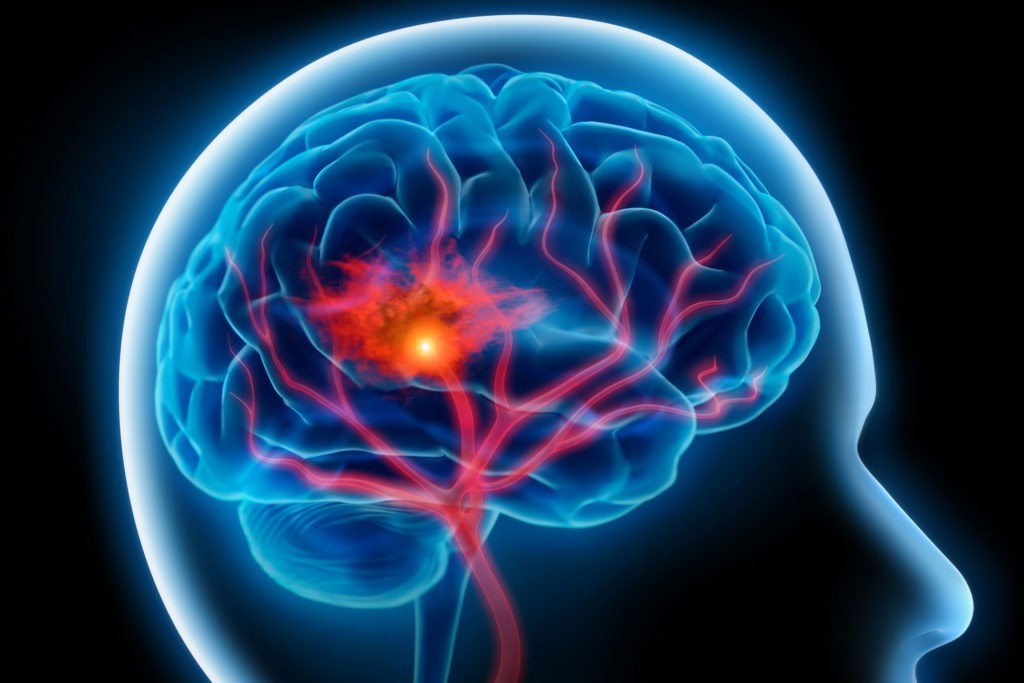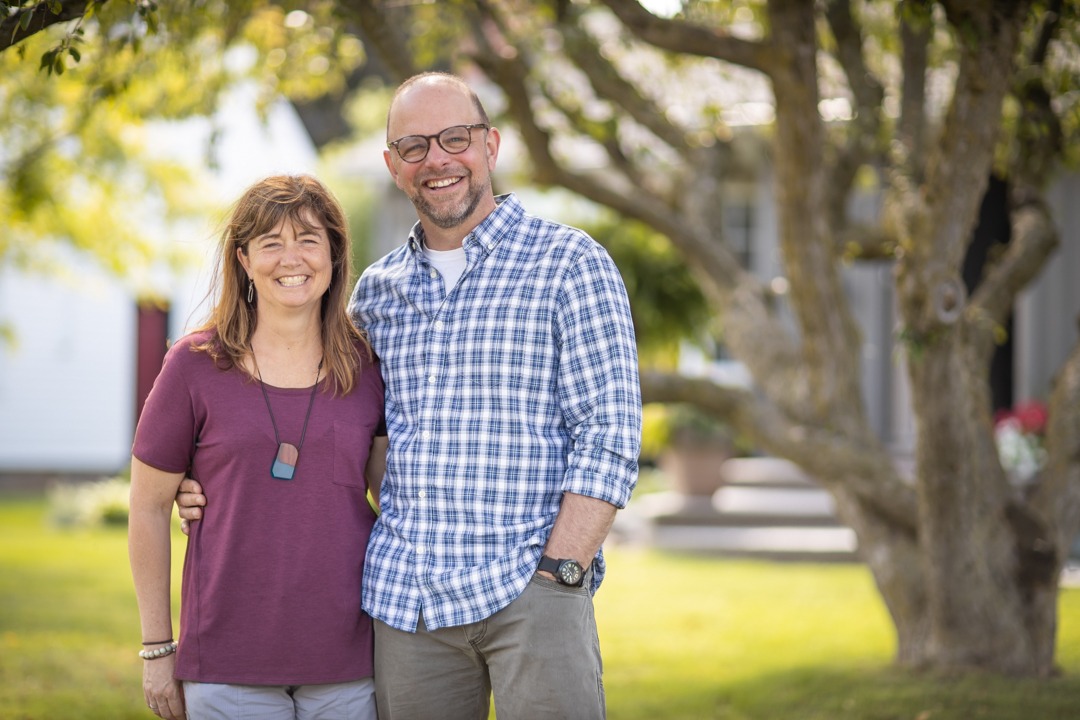
How smoking can lead to stroke
Smoking is one of the leading risk factors of stroke. According to the Heart & Stroke Foundation, 9 in 10 Canadians have at least one risk factor for stroke or heart disease. Lifestyle risk factors include hypertension, unhealthy eating, and smoking.
In this video, Gillian Maguire, nurse practitioner in the acute stroke inpatient unit at HHS, and Dr. Caleb Zavitz, vascular surgeon at HHS, explain how smoking can lead to having a stroke and the kind of support Hamilton Health Sciences (HHS) can offer to those who are interested in quitting.
More than just your lungs
Most people understand that smoking’s bad for them, for their lungs. What people sometimes don’t quite appreciate is all the other bad effects that smoking can have on your body.
About 41 per cent of patients that come in to the acute stroke inpatient unit are smokers. Smoking is harmful in the context of stroke because it can not only make your blood sticky and clot more easily, it also leads to buildup in your arteries which can lead to stroke.
If unmanaged, the buildup in the blood vessels can make them become narrow. And then if clots form in your brain and get stuck in the narrow arteries, that’s what leads to a stroke.
The thrombosis factor
Thrombosis is the formation of clots. In a normal process, platelets form clots in response to an injury. When having a stroke, the blood clots incorrectly, causing a clot to form and blood circulation will send the clot up to the brain – and that is what causes a stroke.
Smoking is the number one thing that sets people up for an abdominal aortic aneurysm, which is when a bulge forms in the wall of your aorta. The aorta is the most important artery in your body, taking oxygen from your heart throughout your body. When an aneurysm forms, it can rupture and cause death. It’s also the biggest risk factor for peripheral heart disease, which can cause arteries to block and cause people to lose legs or, in less severe cases, just have difficulty walking.
If someone continues to smoke after they’ve developed an abdominal aortic aneurysm, it makes it much more likely that the aneurysm is going to continue to grow, that it may burst and put their life in danger.
With respect to peripheral arterial disease, continued smoking is the number one risk factor for worsening of this disease. It can set people up for major surgery to fix the blood flow in legs or an amputation. With arteries in people’s necks, the carotid arteries, it sets them up for carotid artery disease and stroke.
Look at triggers for smoking
Cigarette smoking is the number one preventable lifestyle choice that leads to bad outcomes. Not just death, but also disability, and that has a lasting effect on your life and the life of your loved ones.
Every smoker knows that it’s a good idea to try to quit. The most important part of quitting smoking is to look at it as a process. Most people need to try to quit more than one time. It needs to be looked at it as not just quitting smoking – what should be looked at is everything that triggers smoking:
- What provokes smoking?
- What physical attributes contribute to the habit, such as having cigarette in the morning?
- Do you get together with friends in the afternoon for a cigarette break?
We’re here to help
Smokers need to have partners in their quitting journey. Family and friends should be a part of this journey, too. It’s really hard to do it all by yourself and we’re here to help. There’s lots of tools that we can use to help smokers quit.
Learn about Smoking Cessation
Learn about signs of stroke






